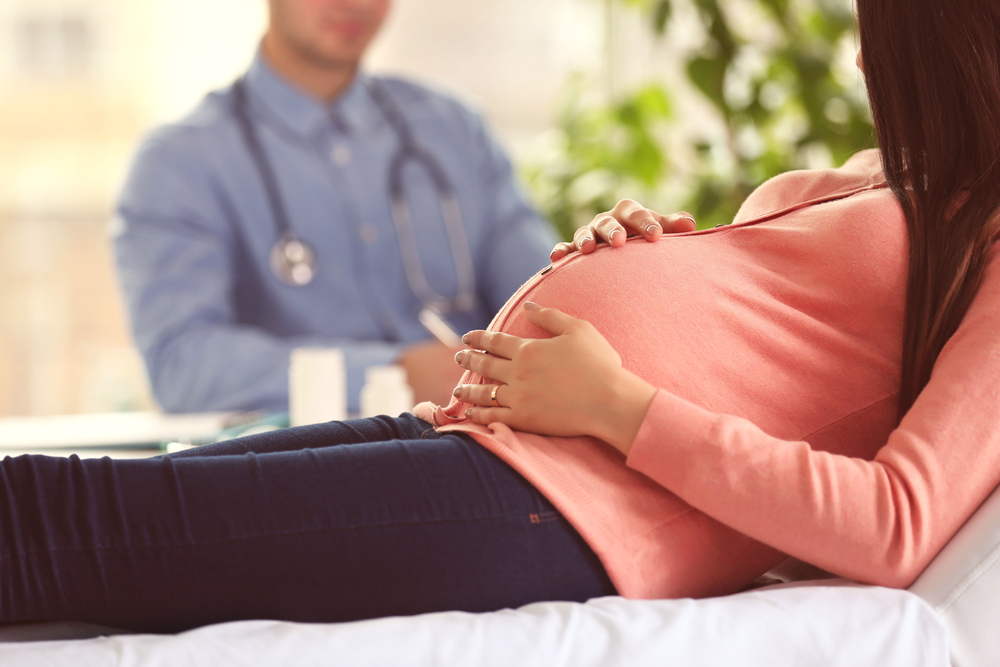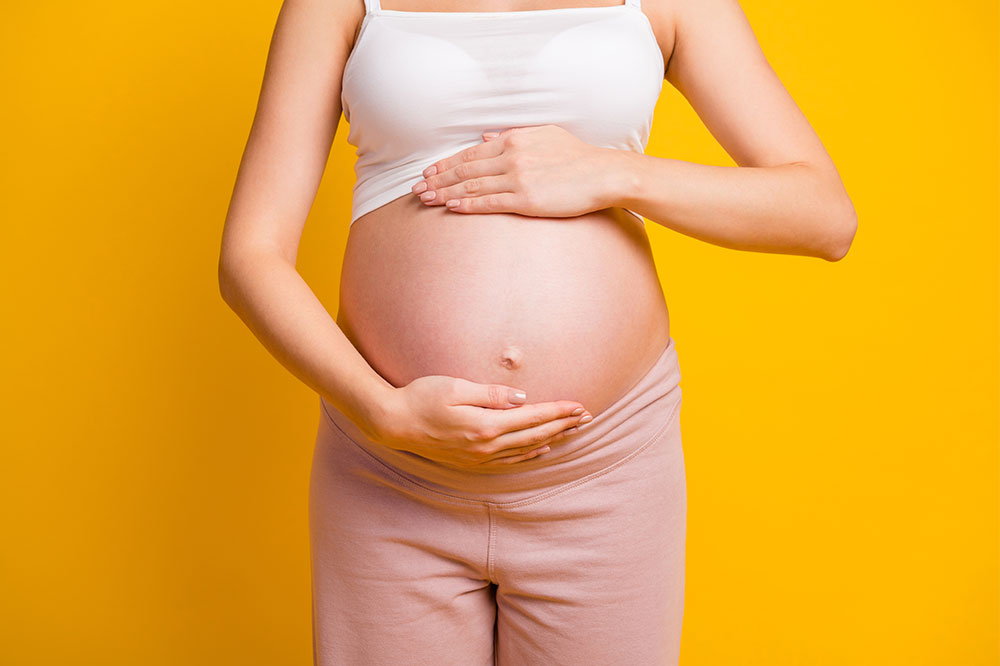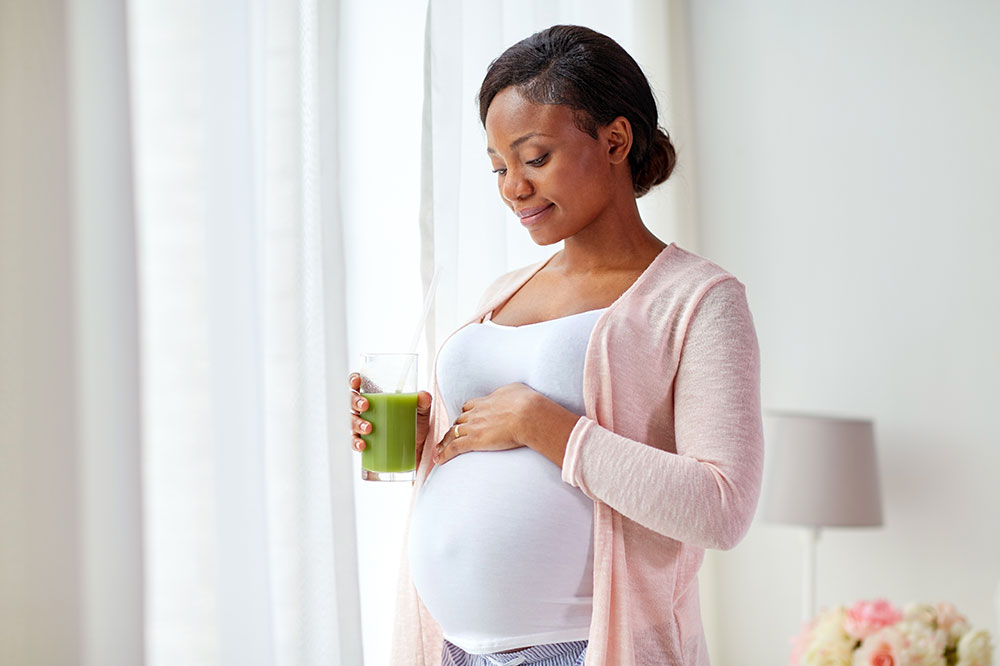Understanding the Stages of Pregnancy: First, Second, and Third Trimesters
Explore the three pregnancy trimesters to understand the physical and hormonal changes women experience from conception to birth. Learn about symptoms, fetal development, and preparations for delivery across each stage of pregnancy.
Sponsored

Understanding the Three Stages of Pregnancy
Pregnancy is an exciting journey, though it can come with various challenges. Each woman's experience is unique and can differ between pregnancies. Symptoms evolve throughout the three trimesters, typically becoming noticeable after about four weeks. A full-term pregnancy usually spans around 40 weeks.
Fertilization and Implantation
Between days 6 and 14 of the menstrual cycle, follicle maturation occurs in the ovaries. After ovulation around day 14, a surge in luteinizing hormone triggers the release of an egg.
The egg then travels through the fallopian tube to the uterus over approximately five days.
If sperm encounters this mature egg, fertilization occurs, forming a single cell. The fertilized egg continues to move to the uterus for implantation and growth.
Pregnancy is divided into three parts, each lasting about 12–13 weeks, with significant physical and developmental changes in the mother and baby during each stage.
First Trimester
Spanning weeks 1 to 12, this phase involves subtle but crucial changes. Hormonal shifts may cause fatigue, increased urination, and breast tenderness. Digestive slowdowns can lead to symptoms like constipation, heartburn, and bloating.
During this time, the body adjusts to rising hormone levels, often making women feel more tired than usual. Increased progesterone causes sleepiness, while growing uterine size presses on the bladder. Hormonal fluctuations also slow digestion.
Second Trimester
From weeks 13 to 26, this period is often considered the most comfortable for pregnant women. Energy levels may improve, and morning sickness usually subsides.
Physical changes become more noticeable, like a growing baby bump and skin stretching, which may cause itching. Pelvic pressure and back discomfort might increase as the uterus expands and the body adjusts. Fetal movement, known as quickening, can often be felt between weeks 16 and 18. The halfway point of pregnancy is typically around week 20.
Third Trimester
Starting from week 27 until delivery, this final phase involves the uterus enlarging further and pressing against organs, causing shortness of breath and swelling in the extremities due to fluid retention. Increased pressure on the bladder leads to frequent urination.
Additional symptoms include backaches, pelvic discomfort, skin changes like stretch marks and dark patches, and varicose veins. Breasts may start leaking colostrum, an early milk. Braxton-Hicks contractions, or false labor, can occur as the due date approaches. The cervix softens and thins to prepare for childbirth, a process monitored by healthcare providers after week 39.





